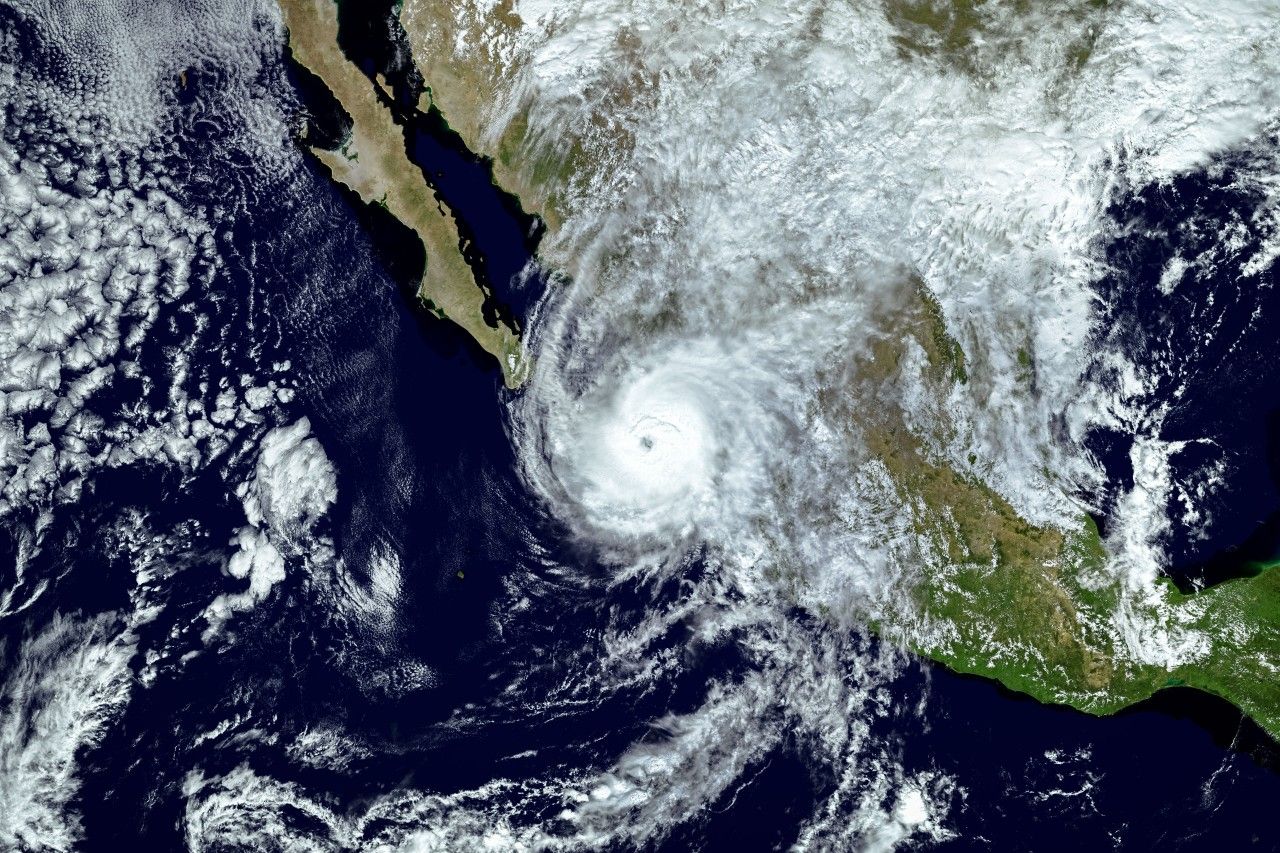How it could impact Ohio's winter
OHIO (WCMH) — The National Oceanic and Atmospheric Administration (NOAA) declared Thursday morning that El Niño has emerged, and is expected to gradually strengthen into the 2023-2024 winter season.
El Niño is a natural climate pattern, marked by warmer-than-average sea surface temperatures in the central and eastern Pacific Ocean near the equator, occurring about every 2-7 years.
Forecasters with NOAA’s Climate Prediction Center issued an El Niño Advisory in their monthly outlook. Noting that in May, weak El Niño conditions emerged as above-average sea surface temperatures strengthened across the equatorial Pacific Ocean. Scientists have been predicting the development of El Niño for several months.
All of the deterministic regions of the equatorial Pacific met the +0.5°C threshold for El Niño development. Additionally, both low-level and upper-level winds reflect the emergence of El Niño conditions.
Typically, El Niño’s influence on the United States is weak during the summer, but more pronounced starting late fall.
According to NOAA, by winter, there is an 84% chance of greater than a moderate strength El Niño, and a 56% chance of a strong El Niño.
According to Fox 8 Meteorologist Jenn Harcher, a moderate to strong El Niño typically signals a warmer and drier than average winter in the lower Great Lakes.
Harcher said most El Niños peak in the late fall or winter months.
What does this mean for winter in Ohio?
Generally speaking, moderate to strong El Niño conditions result in drier-than-average conditions for the Ohio Valley. It also typically brings better chances for warmer-than-average temperatures across the northern tier of the country.
Of course, it is important to note that no single El Niño will result in all of these impacts, although it does increase the odds of them happening.
What does this mean for Atlantic hurricane season in the United States?
El Niño conditions usually work to suppress Atlantic Hurricane activity, favoring stronger activity in the central and eastern Pacific Basins.
In late May, NOAA predicted a near-normal 2023 Atlantic hurricane season.
It is important to note, however, that El Niño’s influence on the hurricane season can be offset by other conditions in the Atlantic Basin, such as warmer-than-normal sea surface temperatures in the tropical Atlantic and/or the Caribbean sea.
The Climate Prediction Center will continue to monitor El Niño conditions and release updated monthly outlooks. The next outlook is expected on June 15th. They also plan to update the Atlantic Hurricane Season Outlook in early August.
Source: WJW FOX 8 News Cleveland


